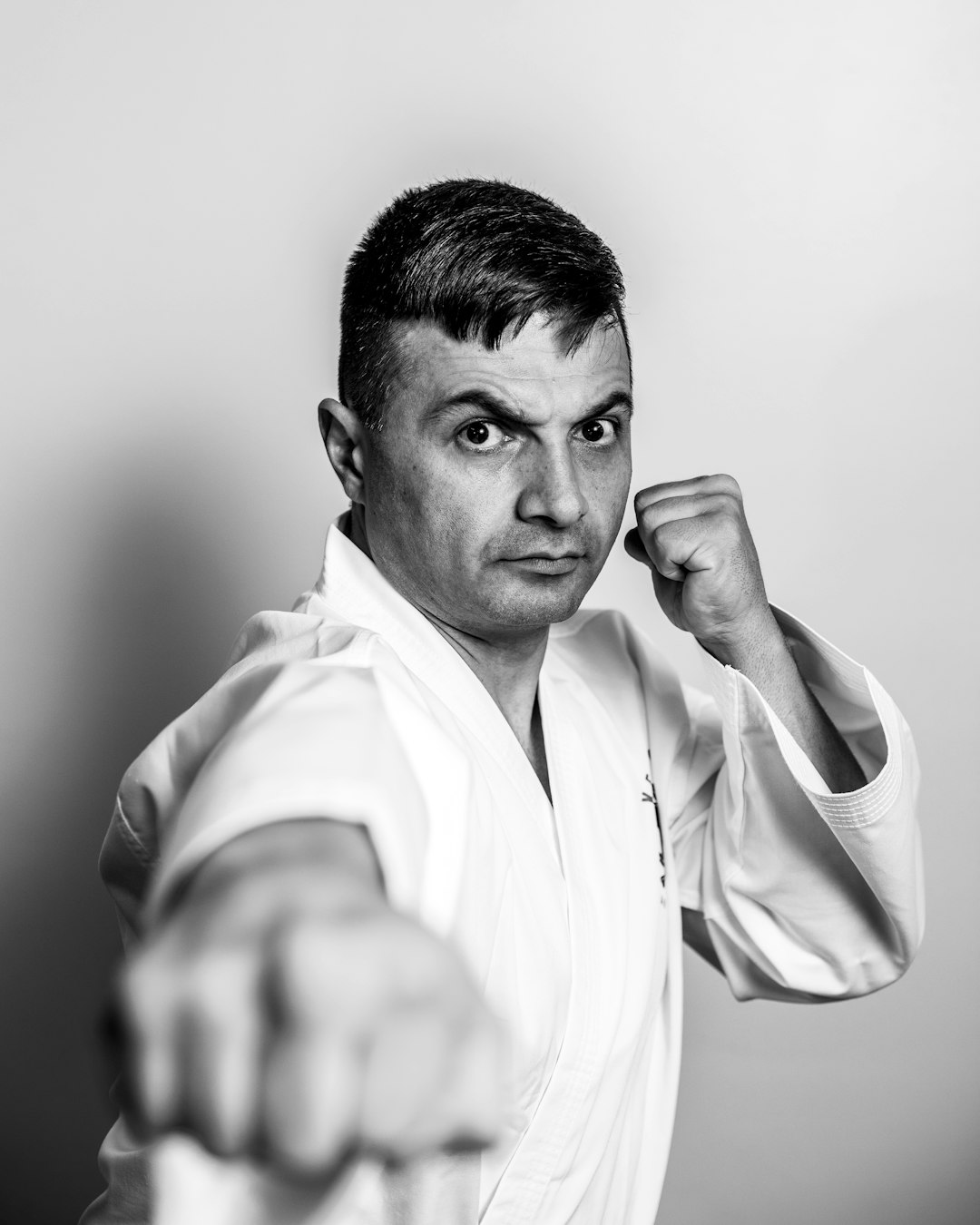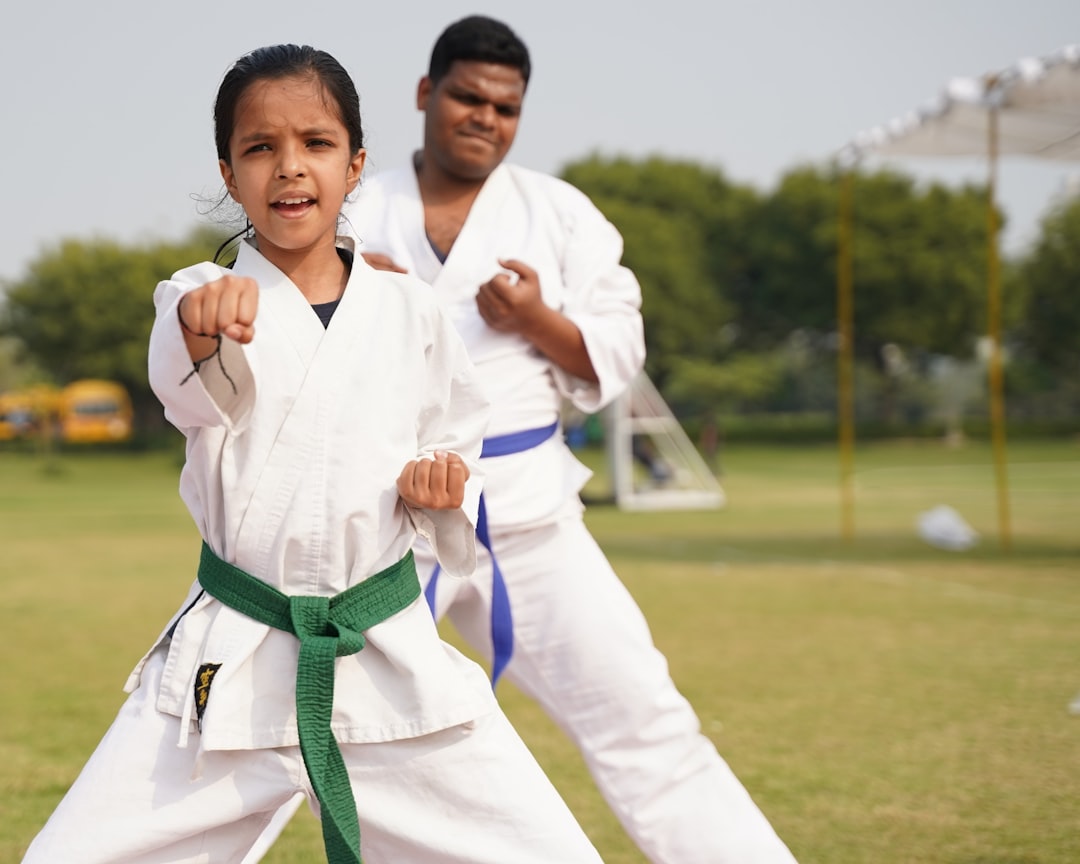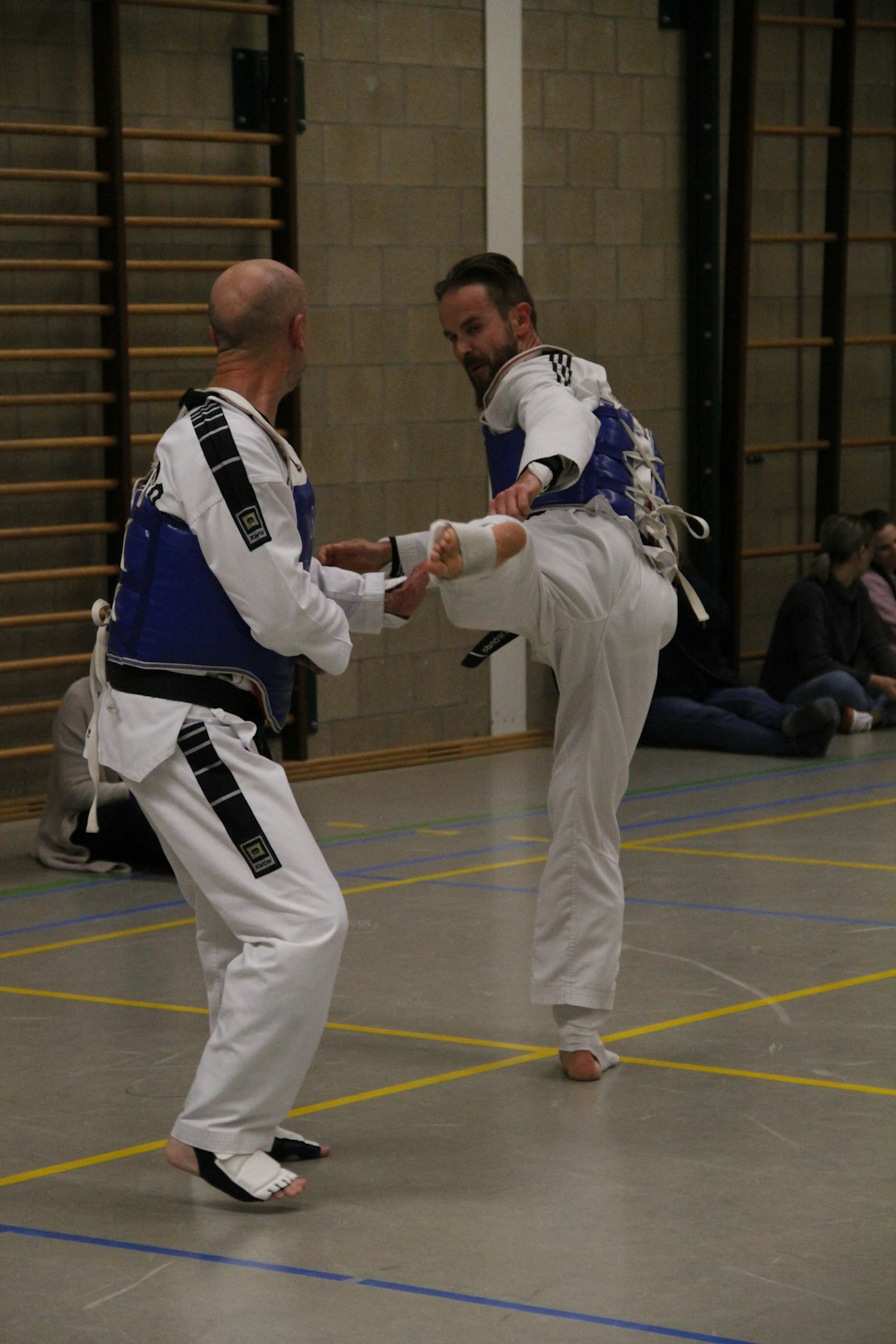The karate uniform, or gi, has evolved significantly from its ceremonial kimono origins to meet the practical demands of modern karate training. Originally a lightweight cotton garment, it now features reinforced seams and thicker fabric for durability, allowing unrestricted movement during sparring. The gi varies in color, indicating rank and experience, while its name reflects the sport's historical roots and global transformation. This uniform bridges traditional values with modern martial arts practices, symbolizing respect, discipline, and karate's growing popularity worldwide.
What is a Karate Uniform Called? A Comprehensive Guide
The martial art of karate, with its rich history spanning centuries, has evolved from humble beginnings in ancient Japan to a global phenomenon. Central to this evolution is the iconic karate uniform, known as the karate gi. This guide delves into the historical origin and modern-day intricacies of karate uniforms, exploring their key components, design variations, and significance in the martial arts community. From traditional Japanese attire to the standardized gi worn today, we unravel the essence of this functional yet symbolic clothing piece.
- # What is a Karate Uniform Called? A Comprehensive Guide
- The Historical Origin of Karate Uniforms
- – Brief history of karate and its evolution.
- – Traditional Japanese attire used in early karate practices.
- – Transition to more functional clothing for modern karate.
# What is a Karate Uniform Called? A Comprehensive Guide

In the world of martial arts, the attire worn by practitioners is more than just clothing—it’s a symbol of respect, tradition, and discipline. So, what is a karate uniform called? The term often used to describe the traditional garb for karate training and competition is “gi” (義). This name has its roots in Japanese history, where “gi” originally referred to the armor worn by samurai warriors.
Just as a samurai’s armor was more than mere protection, a karate gi serves multiple purposes. It provides comfort and freedom of movement during intense training sessions? Additionally, it helps evenly distribute sweat, allowing for better grip during sparring matches. Interestingly, the color of the gi can vary—from traditional white to various shades of blue and even black—but each represents the wearer’s dedication, rank, and experience in karate.
The Historical Origin of Karate Uniforms

The historical origin of karate uniforms, or karate gi, is deeply intertwined with the evolution of martial arts in Japan. Karate, as a discipline, emerged from Okinawa, then part of Japan, during the 17th century. The early practitioners wore simple, functional clothing made from lightweight cotton, designed to allow for unrestricted movement and agility—a far cry from the robust uniforms of today. This traditional attire was known as sakuri-bōshi, featuring a loose robe and pants, often dyed in vibrant colors? These garments not only served practical purposes but also held cultural significance, reflecting the wearer’s dedication and status within the martial arts community.
Over time, karate uniforms evolved to meet the demands of competitive fighting. As karate gained popularity and moved into formal training venues, the need for a standardized uniform became apparent. The modern karate gi was developed in the early 20th century, incorporating elements from traditional attire while adding reinforced seams and thicker fabric to accommodate the more intense physicality of competitive karate. This shift not only improved performance but also facilitated the precise scoring of techniques during competitions, further solidifying the role of the karate gi as an essential component in the sport’s global growth?
– Brief history of karate and its evolution.

Karate, an ancient martial art originating from Okinawa, Japan, has evolved dramatically since its early beginnings in the 17th century. This martial art’s journey began as a means of self-defense and later transformed into a highly structured sport and philosophical practice. The evolution of karate uniform, or gi, reflects this change, adapting from traditional cloth wrapping to the tailored dobori and keikogi we recognize today.
The shift from loose cloth bindings to form-fitting uniforms was not merely aesthetic; it aimed to facilitate movement and provide structure during training. As karate gained worldwide recognition, the uniform became standardized, ensuring participants across different dojos could train under consistent guidelines. This evolution in the karate uniform name and its design is a testament to the art’s ongoing development, bridging its rich history with modern martial arts practices.
– Traditional Japanese attire used in early karate practices.

In the early days of karate, practitioners often wore traditional Japanese attire, specifically tailored for martial arts training and competition. This included the gi, a lightweight cotton garment that wraps around the body, leaving arms and legs free for movement? The gi is an integral part of karate uniform history and is still widely used today, serving as a symbol of respect, discipline, and traditional values within the karate community.
Complementing the gi was the keikogi, a thick woolen jacket worn over the gi. The keikogi provided additional warmth during training sessions held in colder climates? As karate evolved from its Japanese roots and gained global popularity, the traditional attire underwent modifications to suit modern practices and weather conditions.
– Transition to more functional clothing for modern karate.

In traditional karate, practitioners wore elaborate uniforms designed for ceremonial purposes as much as practical ones. However, as karate evolved into a modern sport and martial art, the focus shifted towards functionality in training and competition. This transition led to a change in attire, with the classic kimono giving way to more streamlined and comfortable clothing. The question arises: what is this modern karate uniform called? It is commonly referred to as a ‘gi’ or ‘karate gi’, a term that has become standard within the martial arts community.
The gi is crafted from lightweight, breathable fabric, allowing for ease of movement during intense training sessions and sparring matches. Unlike its ceremonial predecessor, the modern karate gi is designed to be durable yet flexible, accommodating the various techniques practiced in karate. This functional uniform not only facilitates performance but also serves as a symbol of commitment and discipline for practitioners, answering the call for a more practical approach to martial arts attire.
The journey through the historical and modern facets of karate uniforms reveals a fascinating evolution from traditional Japanese attire to specialized gear designed for optimal performance. In contemporary karate, the uniform, often referred to as a karate gi, plays a pivotal role in defining not only the practitioner’s status but also their connection to this ancient martial art. Understanding the karate uniform name and its significance offers a deeper appreciation of the discipline and its rich cultural heritage.
